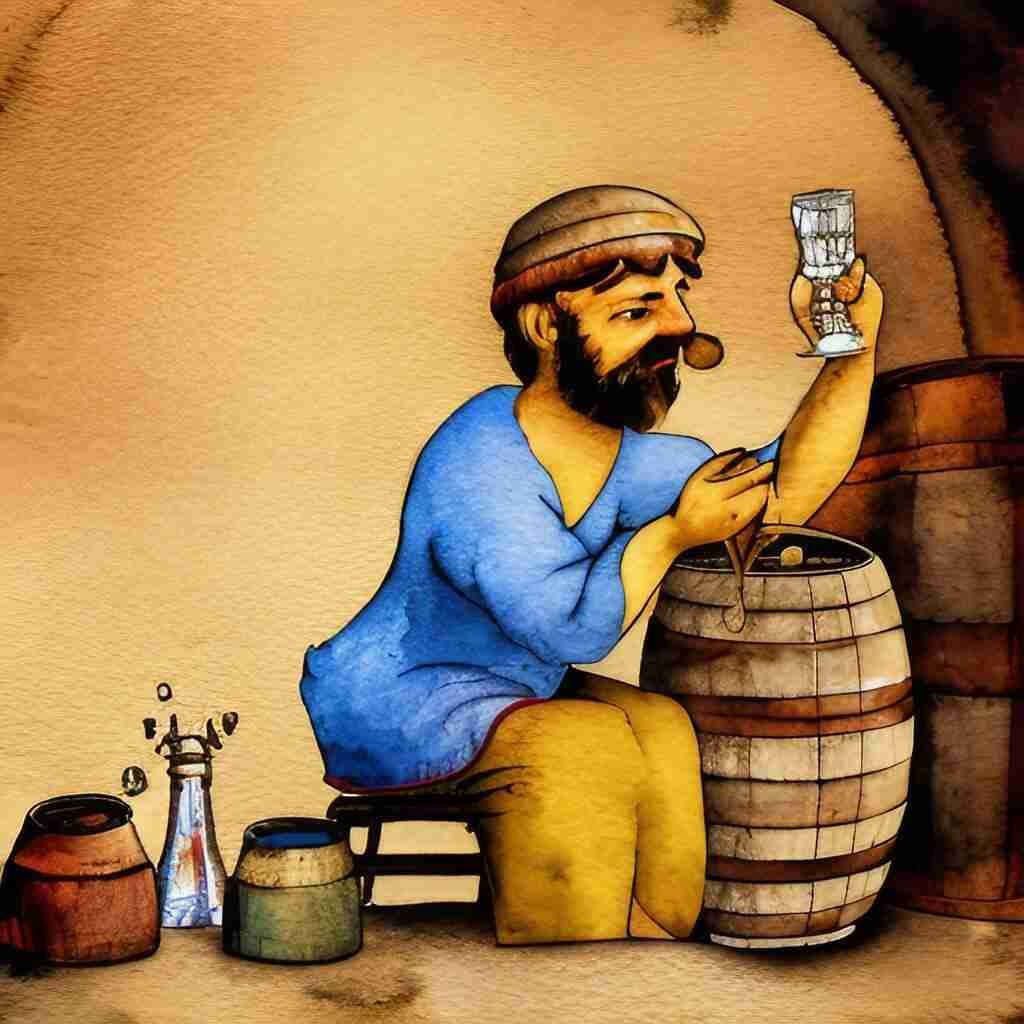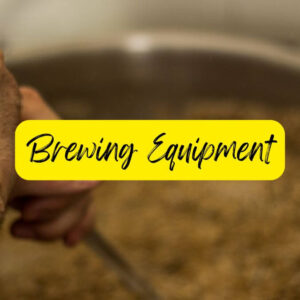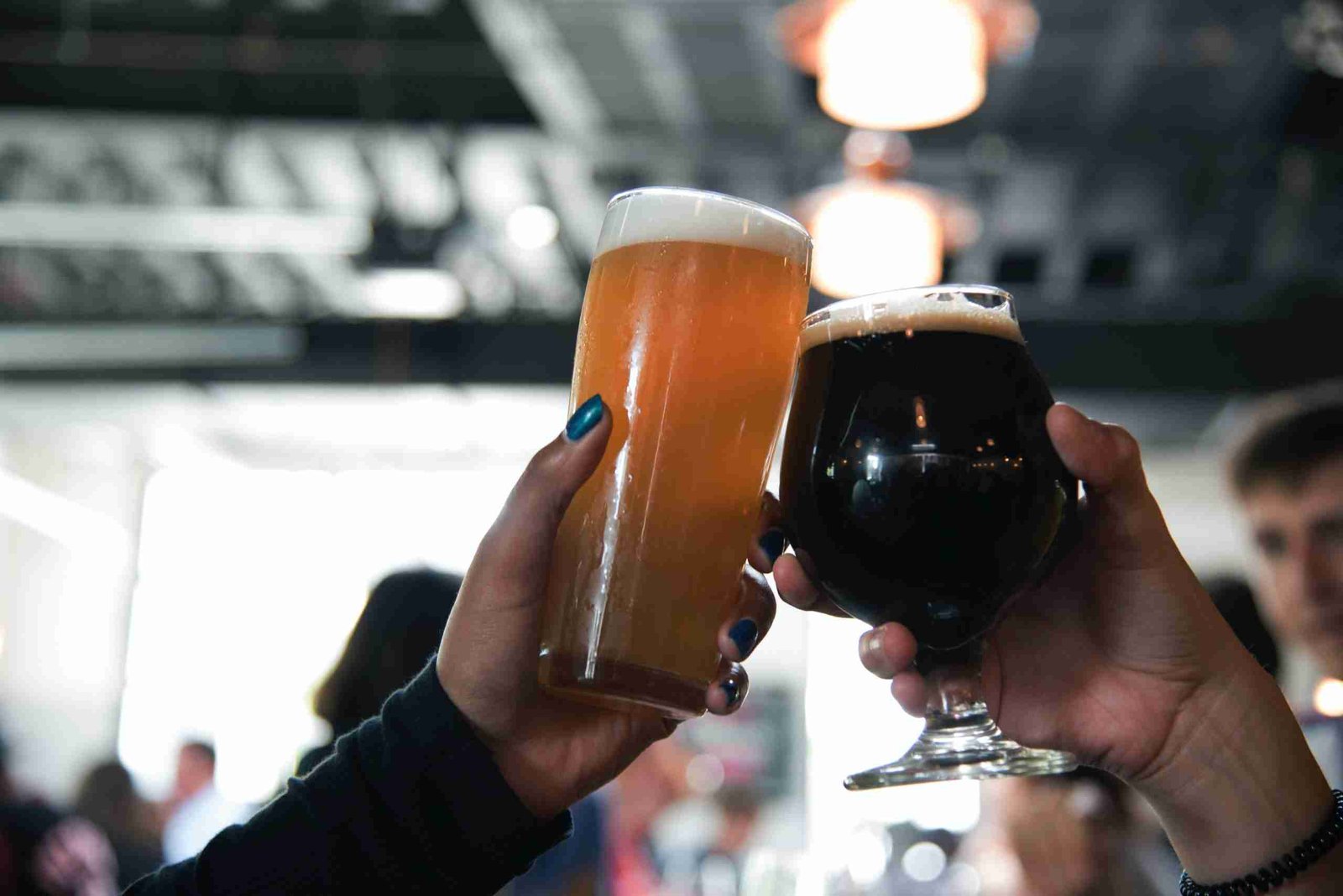- Beer is the world’s oldest and most popular alcoholic beverage, dating back to at least 3500 BC.
- In 1516, William IV, Duke of Bavaria signed a law that mandated beer must only contain three ingredients: water, malt and hops.
- Beer can be brewed with over 100 different types of malts and more than 80 varieties of hops exist today!
- The word “beer” comes from the Latin root bibere, which means “to drink”.
- In Germany before 1993, beer was considered an essential foodstuff and thus had to follow certain regulations set by the government as part of their Preservation Act from 1879.
- Beer is typically brewed using boiling water to extract flavor from grains including barley (or wheat).
- Yeast is used during fermentation to convert the sugary liquid produced by boiling sweet grains into alcohol and carbon dioxide gas bubbles – giving beer its trademark fizziness!
- There are several styles of beer such as lagers, ales, stouts/porters – each with its own unique characteristics due to different ingredients used in brewing them!

- The ancient Egyptians produced beer as a source of nutrition and possibly even enjoyed it as a recreational drink in many religious ceremonies.
- Though most people associate beer with the color yellow-orange hue due to light ingredients such as Pilsner malts being used during fermentation processes; these days you can find beers in almost any color imaginable – deep reds to pitch blacks – depending on what kind of malts it has been brewed with!
- There are several steps involved in making a good quality brew including mashing (to create wort), boiling (for sanitization purposes) & fermentation (both primary & secondary for yeast conversion)!
- Hops added during boiling process helps balance out the sweetness from grains; making beers more palatable & adding bitterness or aroma depending on variety & quantity used!
- A type of bacteria called Brettanomyces is added by some brewers for the purpose of creating funky or sour flavors – this gives their beers complexity & depth not found easily elsewhere!
- Different types of yeast are also often used for specialty beers like hefeweizens which will produce banana/clove aroma owing to particular strain being employed while fermenting liquid wort into delicious alcoholic beverage!
- Barrel-ageing has become increasingly popular among craft brewers who use oak barrels filled with various types of liquids ranging from port wines too cocktails – imparting distinct flavors into final product after weeks or even months spent inside wooden vessels!
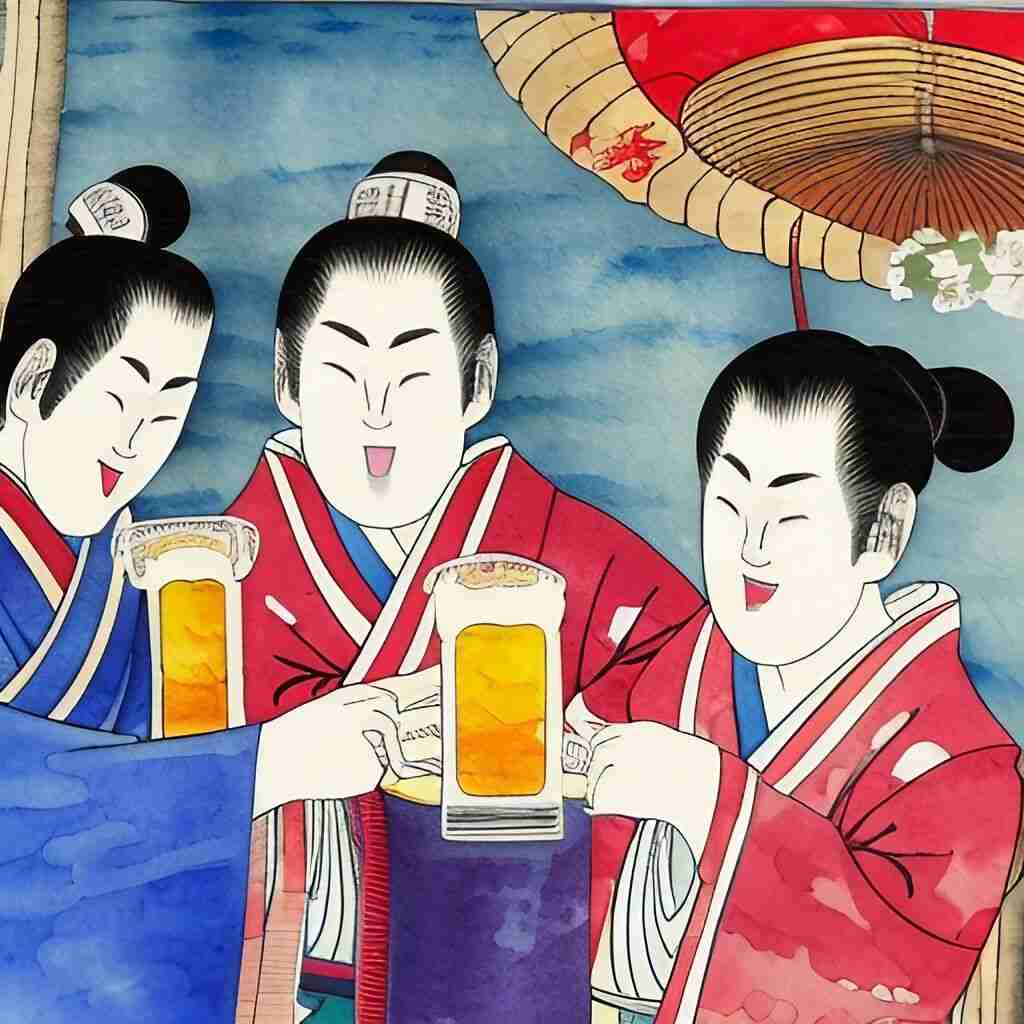
- In some countries, beer production is an art form that dates back centuries or millennia! For example, in Japan sake brewing dates back to at least 300 BCE!
- Beer is actually naturally gluten-free but trace amounts may be present due presence other grain varieties like wheat being part recipe process where cross-contamination could occur when brewing takes place on same equipment followed by filtering techniques afterwards if desired!
- Despite common misconception about being unhealthy due high calorie/alcohol content; studies have shown regular responsible consumption significantly lowers risk heart disease cancer other chronic medical conditions compared those who abstain completely!
- India Pale Ale (IPA) style beers were developed by British brewers way back early 1800s attempt keep their ales fresh long journeys send overseas colonies nearby countries without spoiling travel time due addition strong hops flavor & higher ABV content!
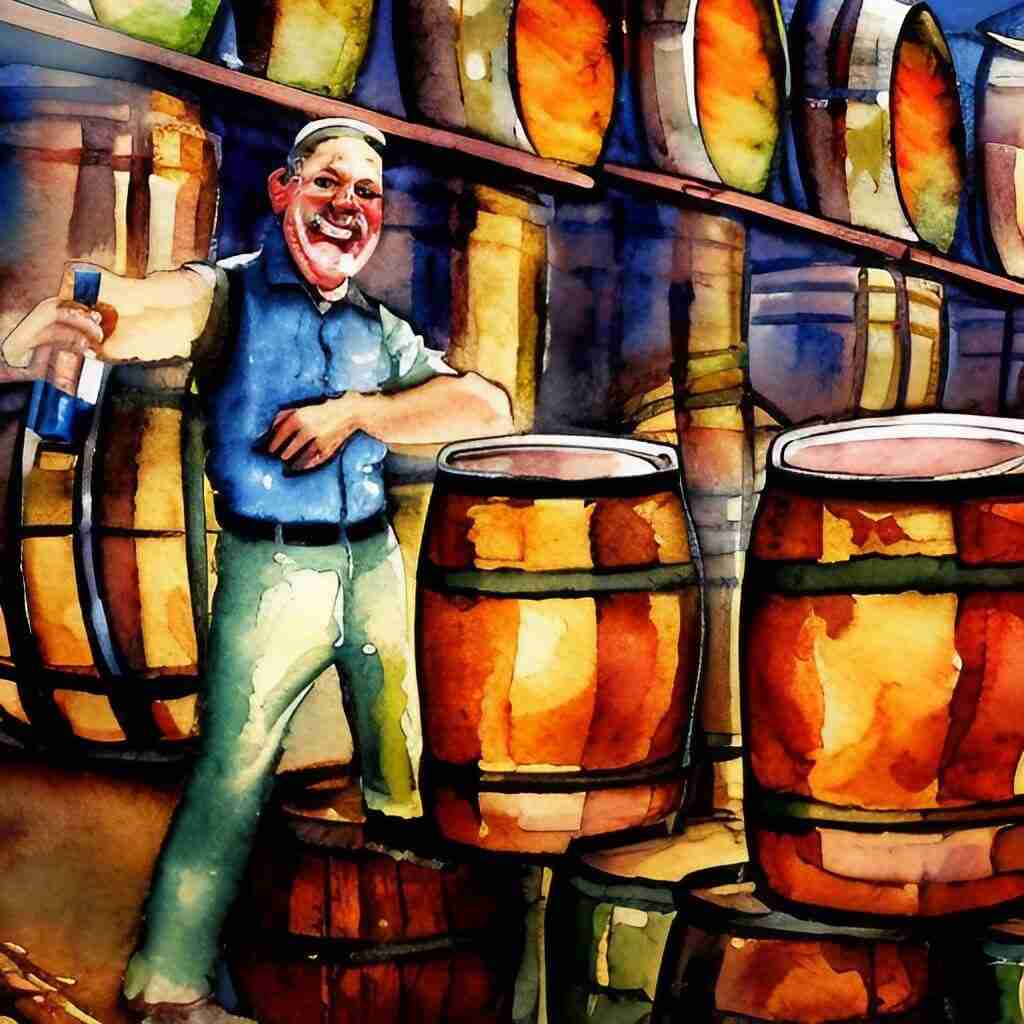
- Cask conditioning also known ‘real ale’ refers method allowing bottles casks mature room temperature promote maturation flavors releasing bottle carbon dioxide rather than force carbonated artificial means!
- Lagers usually refer bottom-fermented beers need longer time ferment cold temperatures order develop full flavor profile clarity visual aesthetics drinkers expect best examples available market today!
- Draught also known ‘draft’ refers dispensing system wherein kegs pumps dispense pre-packaged containers directly taps which then directly poured glasses pints basins straight customers quick easy service restaurants pubs bars etc.!
- Specialty craft beers around world uses all sorts unusual ingredients spices fruits vegetables chilies herbs create unique complex flavored beverages seldom come across elsewhere breweries committed pushing boundaries innovation creating truly one kind drinks never tasted anything similar before!
- The bitterness perception IBU scale used measure aromatic levels provided general guide public how bitter not specific batch particular brewery might taste judging solely number associated label front package !
- Belgian lambic style considered rarest variations available lot effort goes production wild yeasts allow spontaneous lemony sour notes develop alongside bittersweet characteristics more established setups common day scene now emerging dominate shelves supermarkets stores alike ..

